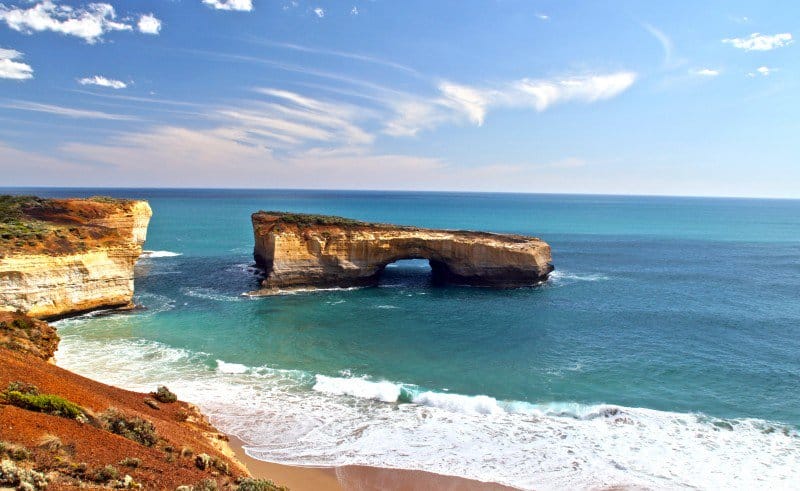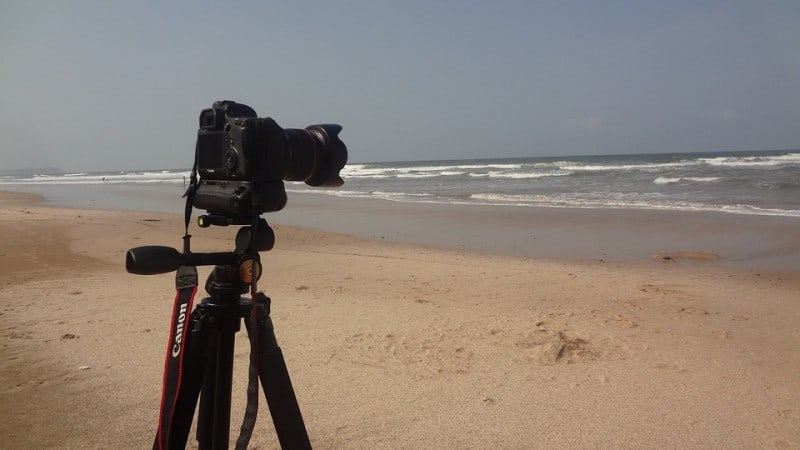Last Updated on January 13, 2019
The world we live in is blessed with many beautiful natural spots, the beach being just one of them. What makes beaches great is that one isn’t always like the other. You might visit one that is secluded while another can be overly commercialized. But no matter which one you choose, there are always opportunities to capture some stunning seascapes.
Here are some seascape photography tips for the next time you hit the beach:
 Bring the right equipment
Bring the right equipment
A trip to the beach should be a relaxing affair. As such, bring as little gear as possible. You will clearly need your trusted camera, but the accompanying items shouldn’t be a burden.
Here are other useful gear to bring along (they can be optional too):
- tripod – this can be an optional item but this is a must if you are planning to shoot using slow shutter speeds
- remote shutter release – a tripod can keep your camera stable, but this adds even more stabilization because you no longer have to touch your device in order to take the shot
- neutral density filter – this limits the amount of light that can hit your camera’s sensor and comes in handy when experimenting with a slow shutter speed
- wide angle lens – you want to capture as much of the scene as possible and this kind of lens greatly aids with that.
Some of these items are optional. In fact, you can shoot handheld if you want then handle everything else in post. But you do need a tripod if you want to get creative with the water.
Look for patterns

People frequent beaches as well. So you can include a couple strolling along the shoreline or kids playing in the sand in your photos.
The sun and clouds can also take center stage in your photos. Sunrise and sunset provide different creative opportunities for your images. Take notice of the way light changes everything around you. Also, clouds can come in different shapes and sizes and can bring something different to your shot.
Shoot from various angles
Take a look around. Check for different vantage points where you can shoot a particular scene. Your seascape photos can be taken at eye level, crouched on the sand, or from high up on a cliff.
Use Manual Mode
While you can always stick your camera’s mode on Aperture Priority and Shutter Priority and let it decide on the appropriate settings, why not use this opportunity to tinker with the exposure triangle?
Understanding how everything works helps you appreciate the art of photography more. Plus, shooting in Manual Mode allows you to play with different shutter speeds for more creative water effects.
While the above are useful seascape photography tips, the best advice is to take your time. Try different shots – you aren’t going to be an expert after just one trip. Make mistakes and improve upon them on your next trip.
 Bring the right equipment
Bring the right equipment 

